With the world being high-speed Doorstep Delivery Services, the convenience factor has dictated virtually all walks of life. The current rage behind food delivery, e-commerce, and so much more calls for businesses to innovate as people look for fluidity in almost everything that is done in life. The health industry stands no exception. Medicine delivery services have become a pivotal revolution in bringing ease to the line of medication patients receive. With just a few clicks, prescriptions may be made promptly and delivered right to your doorstep; it is impressive convenience without the cost of sacrificing safety or reliability. Such transformation not only reengineering interaction with healthcare but also aids in improving patient outcomes and compliance.
This paper tries to outline how medicine delivery services are fast, safe, and reliable and how this is transforming the accessibility of health care.
The convenience factor: why speed matters
In the medical field, time is a key player, and this is truer in chronic cases where timely access to drugs can mean the difference between successful treatment and complications. Before the medicine delivery service became popular, patients had to visit their pharmacists, and sometimes this call involved waiting for hours and traveling, which was not very convenient because they had to go according to the store hours.
Medicine delivery services are filling this gap by offering patients the ability to have their medication shipped within hours or a few days, depending on the needs of that patient. In fact, some services can have their medication delivered the same day in an urban area. This level of speed not only makes it very convenient for patients but also takes away the chance of missing doses of one's medication, which can add up to better overall health management.
Secondly, patients diagnosed with acute conditions like infections will add stress when waiting for prescriptions. Fast delivery services enable a patient to initiate treatment as quickly as possible without increasing the burden of having to go to the pharmacy when feeling unwell.
Safety: Implementations of High Protocols and Monitoring by Pharmacists
Though speed is of the essence, nothing matters more than safety in healthcare. Nothing can be worse than dispensing the wrong drug to the wrong patient at the wrong dose. Ambulatory medication delivery services take severe protocols to ensure that every step from verifying prescriptions to packaging and delivery follows the most stringent standards for safety.
Prescription Verification and Safety
Almost all medication delivery services would engage the patient in direct work with licensed pharmacists who review prescriptions to allow for the highest possible accuracy for the appropriate processing of the order. This is an added layer of oversight that is helpful in preventing sometimes severe medication errors. Usually, patients are given the chance to ask questions or clarify issues to a pharmacist through telephone or chat.
Another issue is that privacy of patient records is ensured. On-demand medicine delivery platforms usually meet medical standards in place, such as HIPAA in the United States and GDPR in Europe, to ensure patient records are kept confidential. Digital prescriptions also minimize the possibility of human error brought about by manual data entry.
Safety in Packaging and Handling
Packaging is also another concern of medicine delivery. Many medicines require coolers or refrigeration if they are to remain effective. Delivery services are equipped to accommodate these requirements, using insulated packaging and even temperature-controlled vehicles when necessary.
Second, tamper-proof packaging is used in order to avoid mishandling of medicines during transit. Such care guarantees that the medicine reaches the patient in the exact same condition as it would were they to retrieve it themselves from a pharmacy.
Reliability: How Medicine Delivery Improves Consistency and Compliance
Adherence to Medication: Another major problem within healthcare is adherence to medications. Taking the right dose of medication at the right time poses a challenge in the right dosage prescribed by the doctor. Almost half of the patients do not comply with their treatment programs for various reasons, either through missing a prescribed dose, getting less or more medication, or discontinuation of the medication too early. Poor health outcomes, including higher hospitalization and soaring health care costs, result from failure to adhere to prescribed treatments.
This has improved adherence as patients now easily and consistently access their medication, especially as prescription auto-refills can mean that the patient does not have to think about reordering for his or her medications every month. Service takes care of it, and when their medications arrive on time, missed doses are minimized.
Subscription services and reminder systems
Some offer subscription services to long-term drugs, by which patients will never miss running out of those prescriptions. This service may remind a patient when it is refill time and, in some cases, deliver medications in pre-sorted packs with dates and time, making it simple for patients to maintain adherence.
The services help make easier and better-organized drug management for patients, thereby reducing their cognitive burden as well something from which caregivers also benefit since they can then be involved in other important activities related to their health and life.
Access to Healthcare in Distant Locations
Medicine delivery is revolutionizing healthcare in one of the most impactful ways by opening it up to previously inaccessible rural and underserved communities. In most rural areas, the nearest pharmacies can be miles away or even found behind serious roadblocks. At worst, terrible weather coupled with a lack of transportation ends up rendering them unreachable.
Medicine delivery services bridge this gap, providing a lifeline for patients who otherwise would face challenges getting their essential treatments. The same level of service offered to city-based patients can be enjoyed by patients who would like to stay in rural areas by ordering either online or mobile applications. Democracy is thus coming into healthcare access, improving health outcomes among people facing traditional barriers to care.
Telemedicine and Medicine Delivery: Synergy on the Rising Tides from COVID-19
COVID-19 accelerated the adoption of telemedicine, which facilitated video calls or online consultation, allowing patients to be remotely consulted by doctors. With the shift towards digital health, it is medicine delivery services that can be termed as the very integration that would make for an end-to-end experience in healthcare.
Imagine seeing a doctor, receiving an e-prescription, and having the drugs delivered to your doorstep within hours without even leaving the comfort of your home. This progression in the integration of telehealth and medicine delivery promises to be an everyday service in health care, especially for those with chronic conditions or those who must constantly visit the doctor and collect prescriptions.
Tailormade and Patient-Friendly Treatment
Tailor-made services that are allowed to meet the needs of the individual patient the possibility of medical delivery is another exciting innovation. An example of such has come in through personalized medicine packaging. This is supposed to be sorting medications into individual doses based on the daily regimen of the patient. It is very helpful to elderly patients or those patients with multiple medication regimens, thereby, decreasing the complexity of having to manage several prescriptions at the same time.
With some, patients can even make profiles, which track their medical history and preferences. In this way, with each order, they will be receiving more customized care. Most medicine delivery services, through technology, center their approach on being patient-centered by being convenient, safe, and adherent.
Conclusion:
Instant Genie Medicine delivery services have evolved and then quickly become an indispensable component of modern healthcare, coming to offer a convenient alternative that none of the traditional pharmacy visits could match to such extents, combining speed, safety, and reliability. They bring fast access to medications, ensuring strict standards for safety and encouraging medication adherence, which serve to improve health outcomes for millions of people.
With this overall trend in healthcare, medicine delivery services will play an even more significant role in the future, especially as telemedicine and patient-centered care models continue to merge with it. In the present situation, however, at least one thing is certain: the days of standing in long lines at the drugstore and dreading forgotten prescriptions are quickly coming to an end.
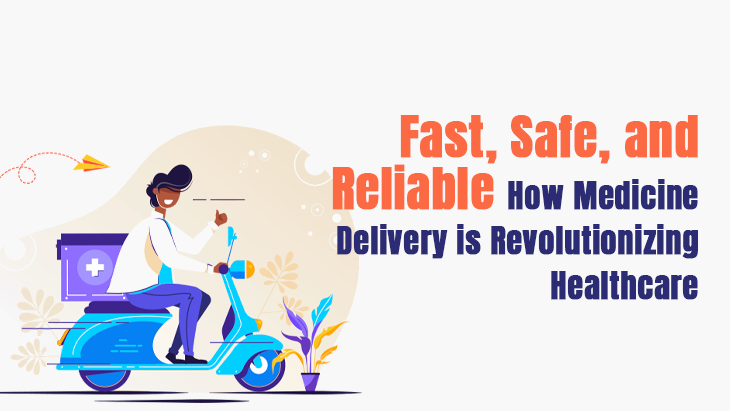
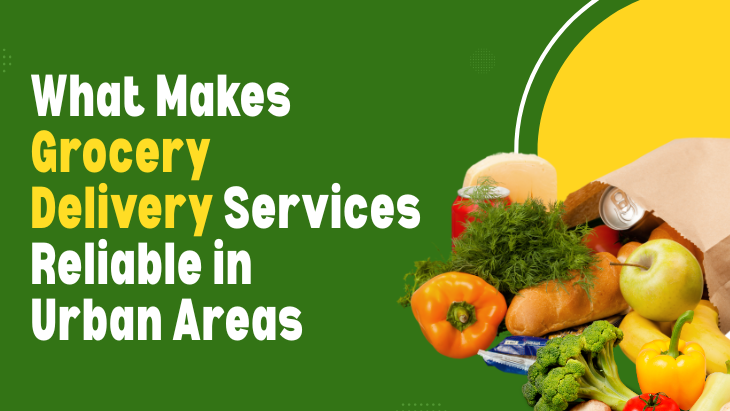
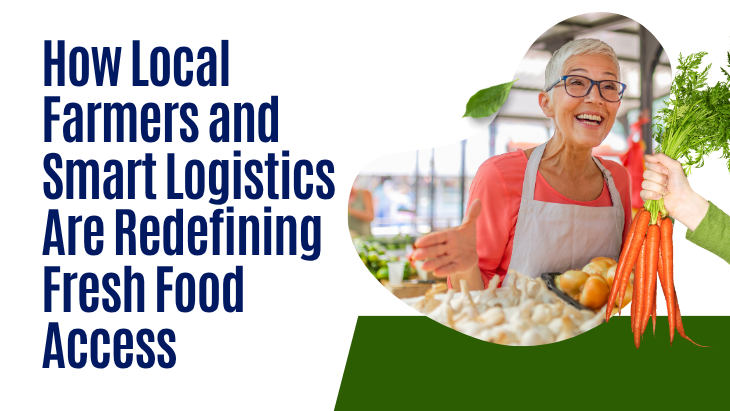
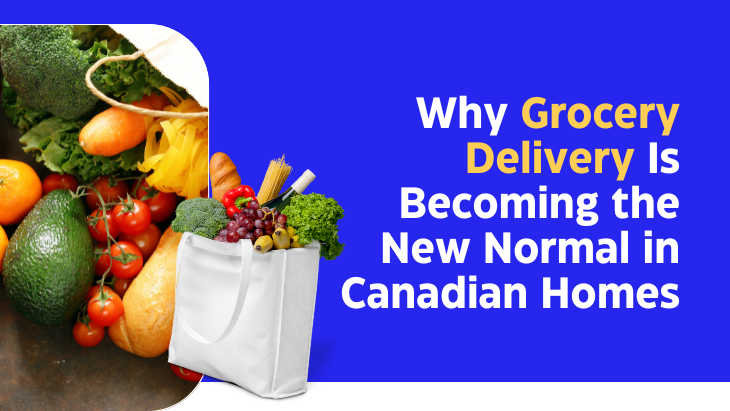
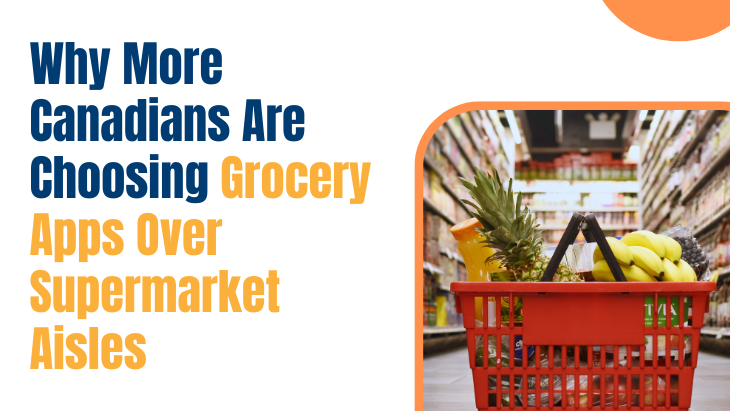


Post Comments